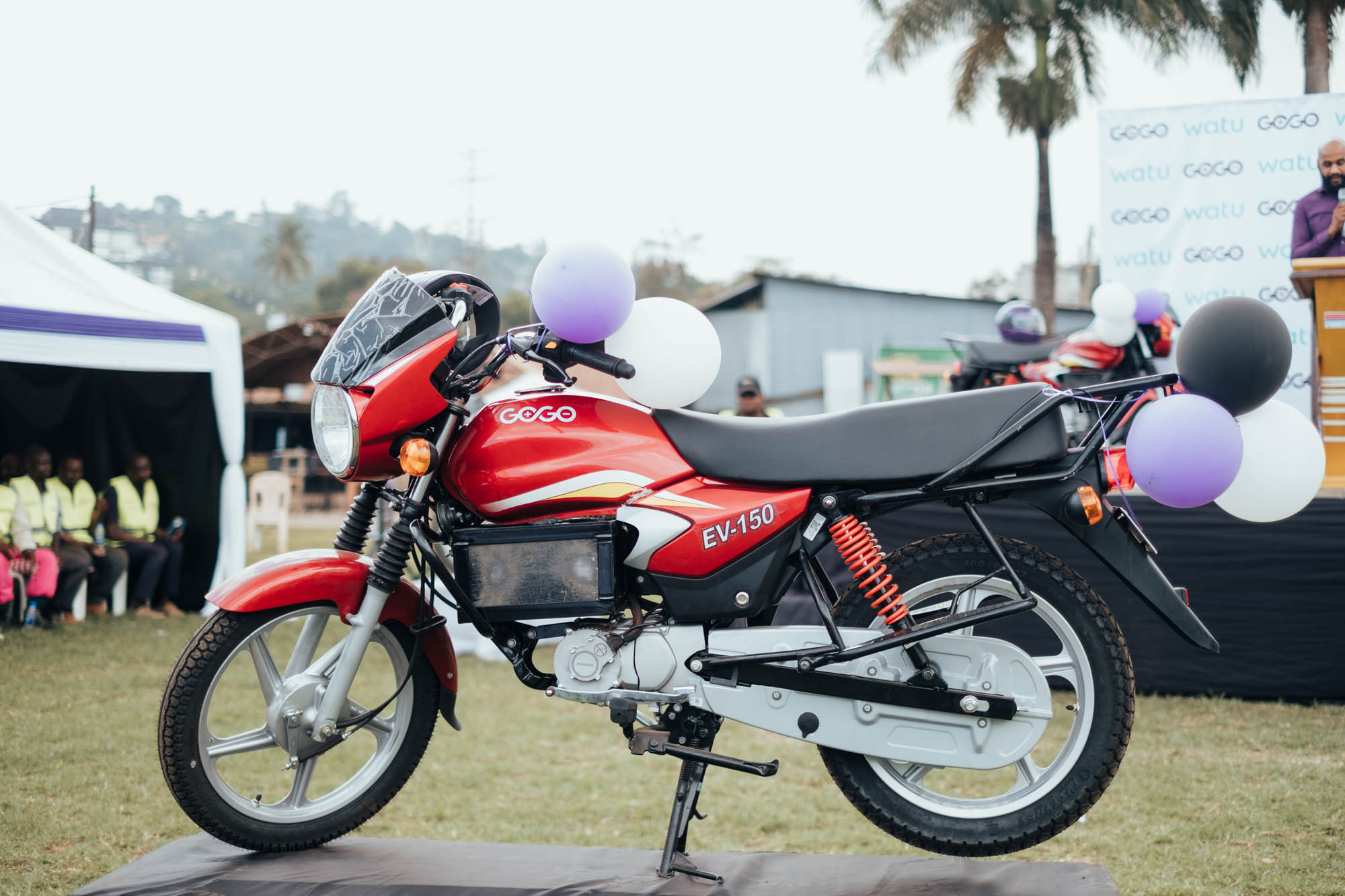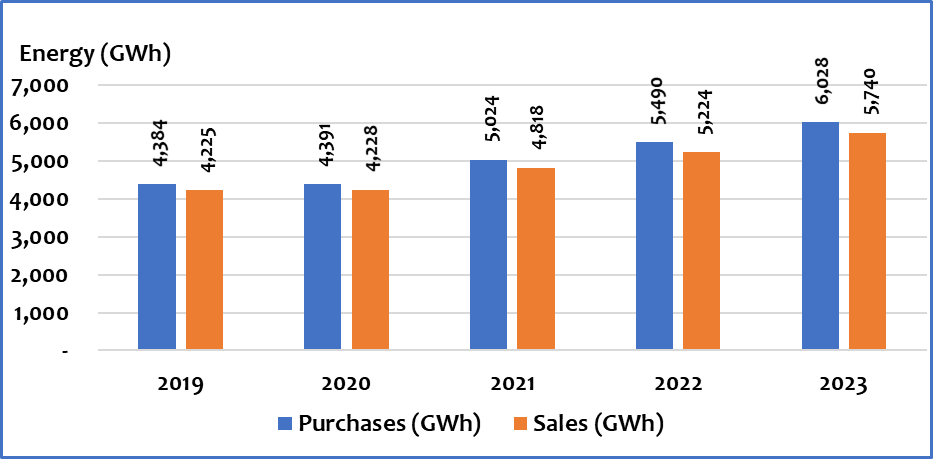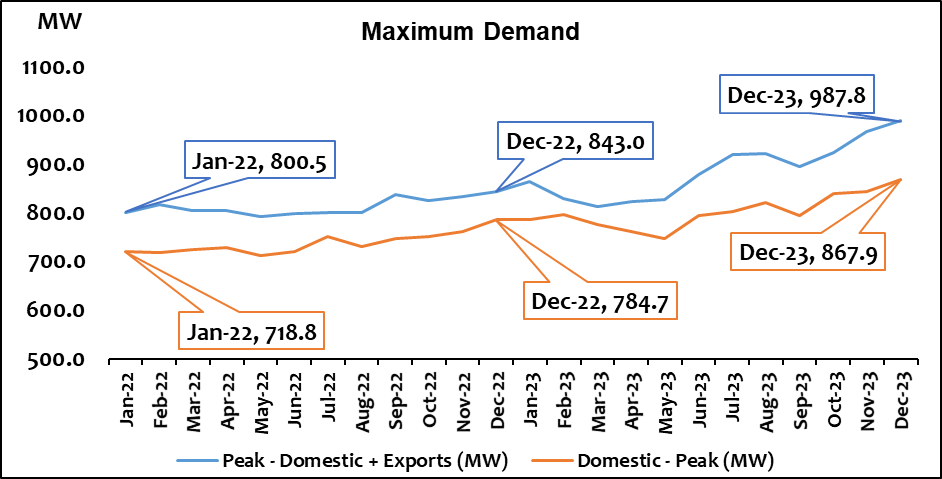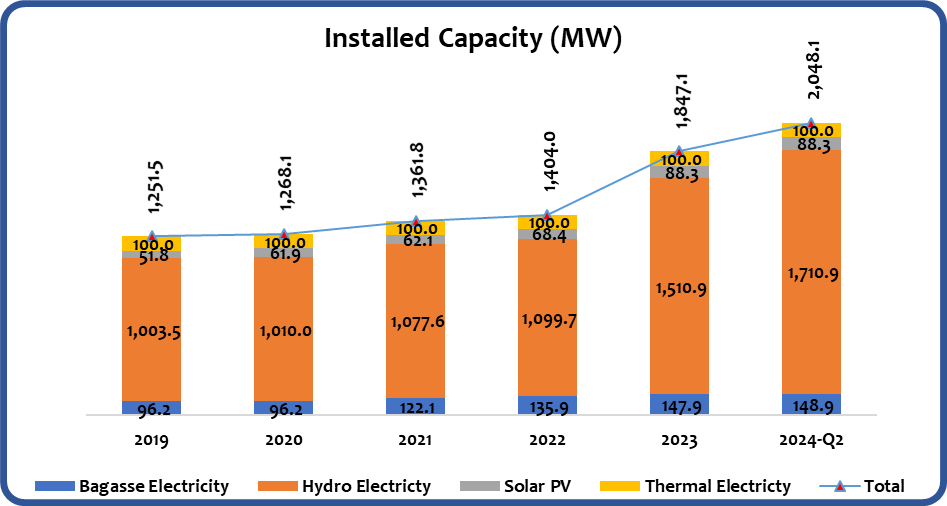
Sign up for daily news updates from CleanTechnica on email. Or follow us on Google News!
We have been covering developments in the electric motorcycle sector in a number of African countries for over 6 years now. During that period, many startups went through several phases — from early pilots to early commercialisation of their products. A number of them are now ramping up production of their electric motorcycles in several countries, including Rwanda, Uganda, Tanzania, and Kenya.
The motorcycle segment has gotten a lot of attention as one of the lowest hanging fruits for electrification. There are over 27 million ICE motorbikes registered across Africa, with around 80% of them used in the motorcycle taxi industry. This presents a large addressable market for players in the sector. Many operators in the motorcycle taxi industry face rising costs and dwindling profits due to high operational costs associated with frequent oil changes and maintenance services for internal combustion engine motorbikes, as well as the ever increasing cost of petrol. This has resulted in a lot of attention being given to solutions for the electrification of the motorcycle taxi industry on the continent. Electrification is seen as the quickest and most viable channel to address these operational cost challenges.
Ugandan firm GOGO is one of the pioneers of the electric transport energy business in Africa. GOGO focuses on two-wheel vehicles powered by lithium-ion batteries. GOGO now has a network of over 60 battery swap stations and 30 agents across the country.

GOGO says a typical 100–150 CCM petrol motorcycle consumes about 3 litres of fuel per 100 km. Each litre of fuel is burnt into roughly 2.3 kg of CO2, and the (avoidable) CO2 emissions per 100 km are therefore about 7 kg. With an average annual distance covered of 50,000 km, a Ugandan “BodaBoda” emits up to 3.5t of CO2 per year. Using electric motorcycles, GOGO substitutes these CO2 emissions with about 4 kWh of electricity and some battery degradation. With this battery pack, an electric motorcycle from GOGO has a range of about 120 km depending on driving style and conditions. GOGO adds that another benefit is the reduced pollution through smoke particles and disposed lubricants.
Here are some of the key specs of GOGO’S EV150 electric motorcycle:
- Battery Pack: 4.4 kWh (NMC)
- Motor Power: 2000 kW
- Range: 120 km
GOGO says this model is known for its 120 km range on a single charge, which is a strength compared to other EV bike manufacturers in East Africa, ideally suited for navigating the bustling streets of Kampala, Uganda. The swappable battery system enables riders to exchange depleted batteries for fully charged ones in under two minutes, ensuring minimal downtime and enhanced productivity.
With all these electric motorcycle companies, such as GOGO, now scaling up their activities, we are starting to get some great annual impact reports. In 2024, GOGO says its customers covered over 50 million kilometres! This was from GOGO’s fleet of over 2,000 electric motorcycles now on the road in Uganda. There were 800,000 battery swaps at its battery swap stations in Uganda in 2024. Electric motorcycles now consume over 10 MWh of electricity on GOGOs battery swap network. That’s 3.65 GWh annually at the moment.
GOGO adds that by switching to electric motorcycles, its customers spend 40–50% less on daily operating costs and also spend up to nine times less on their annual maintenance costs than ICE motorcycle riders.
Uganda is a great place for electrification of motorcycles and vehicles in general. According to Uganda’s electricity regulator, ERA, the country’s installed electricity generation capacity has been on an upward trend for over a decade. This has been driven by the commissioning of various renewable energy projects, mostly hydro generation projects. Notable ones over the past 5 years include the commissioning of Isimba (183 MW) and Karuma (600 MW) hydropower plants. By the end of Q2 2024, Uganda’s installed capacity had reached 2,048.1 MW, a 63.7% increase from 1,251 MW in 2019. This is pretty impressive. The country now needs to seriously work on improving access to electricity, as, at the moment, about 50% of the population does not have access to electricity according to reports from IRENA.
Uganda’s generation mix itself is quire clean. ERA says as of the second quarter 2024, renewable energy projects contributed 95% of all generation capacity of the total installed capacity (2,048.1 MW). Hydroelectricity had the largest share, accounting for 84%. That means the growing number of electric motorcycles in Uganda charge on a grid dominated by renewables. With maximum demand in Uganda hovering at about 1,000 MW, there is a lot of room to grow demand from the electric mobility sector to boost uptake of this excess capacity, ultimately boosting revenues for electricity generating firms. Energy purchases in Uganda by the various consumers were just over 6,000 GWh at the end of 2023, driven mostly by large industries and residential consumers. Consumption at GOGOs swap stations now makes up 0.06% of Uganda’s electricity purchases. Accelerating the adoption of electric mobility can help boost sales for electricity retailers, and at the same time reduce the country’s fuel import bill. Of course, increasing overall access to electricity should also be prioritised in a country that does not yet have universal access to electricity.
Back to GOGO, GOGO is targeting having more than 5,500 electric motorcycles on the road by the end of 2025, up from the current 2,000. GOGO’s partnership with financing firm Watu will also play a key role in accelerating adoption, as financing helps lower barriers to adoption for the target customers. These kinds of partnerships between electric motorcycle firms and financing partners are really critical in the quest to accelerate the adoption of electric mobility in sectors such as the motorcycle taxi industry on the African continent. The progress made so far in the first year of this partnership is really encouraging. The collaboration between GOGO and Watu in Uganda is a powerful example of the potential within the African EV market. It demonstrates how innovative, locally tailored solutions, supported by accessible financing, can drive significant economic and environmental progress.
There are several players in Uganda’s electric motorcycle sector, including ZEMBO and SPIRO. These firms are also looking to ramp up deliveries of their electric motorcycles and swap stations. Exciting times are ahead for Uganda’s motorcycle sector!
Charts and graphs courtesy of ERA.

Chip in a few dollars a month to help support independent cleantech coverage that helps to accelerate the cleantech revolution!
Have a tip for CleanTechnica? Want to advertise? Want to suggest a guest for our CleanTech Talk podcast? Contact us here.
Sign up for our daily newsletter for 15 new cleantech stories a day. Or sign up for our weekly one if daily is too frequent.
CleanTechnica uses affiliate links. See our policy here.
CleanTechnica’s Comment Policy








